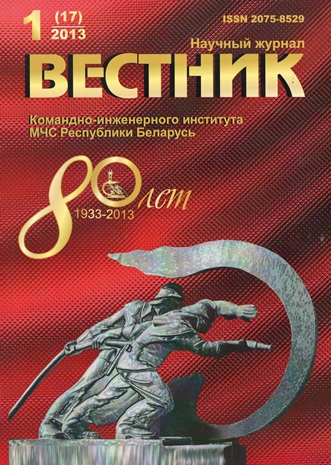Пути совершенствования подготовки будуших бакалавров техногенной безопасности средствами интерактивных технологий
Abstract
The article analyzes the concept of «interactive learning», «interactive learning technology», the characteristics and analyzed interactive learning technology that can be used in high schools Ministry of Emergencies in training future bachelors technological security (the work in pairs, rotating (shift) triples, carousel, work in small groups (the dialogue, the synthesis of thought, a joint project), role (business) game, simulation games, method PRESS, take the position, etc.). Sight classification features interactive learning technologies: the level of application – general pedagogical and student-oriented, based on philosophy – pragmatic, the main factor in the development – psychogenic, the concept of assimilation – the associative-reflex and develop; to focus on personality structures – information and transaction.
References
Пометун, О.І. Сучасний урок. Інтерактивні технології навчання : Наук.-метод. посібн. / О.І. Пометун, Л.В. Пироженко. – К. : Видавництво А.С.К., 2004. – 192 с.
Зеер, Э.Ф. Личностно-ориентированное профессиональное образование / Э.Ф. Зеер. – М., Академия профессионального образования, Институт развития профессионального образования. – 2002. – 44 с.
Колеченко, А.К. Энциклопедия педагогических технологий : Пособие для преподавателей / А.К. Колеченко. – СПб. : КАРО, 2002. – 368 с.
Дичківська, І.М. Інноваційні педагогічні технології : [навч.посібник] / І.М. Дичківська. – К. : Академвидав, 2004. – 218 с.
Пометун, О.І. Енциклопедія інтерактивного навчання / О.І. Пометун. – К., 2007. – 144 с.
Published
How to Cite
License
Copyright (c) 2013 Evsyukova L.S.
CC «Attribution-NonCommercial» («Атрибуция — Некоммерческое использование») 4.0









